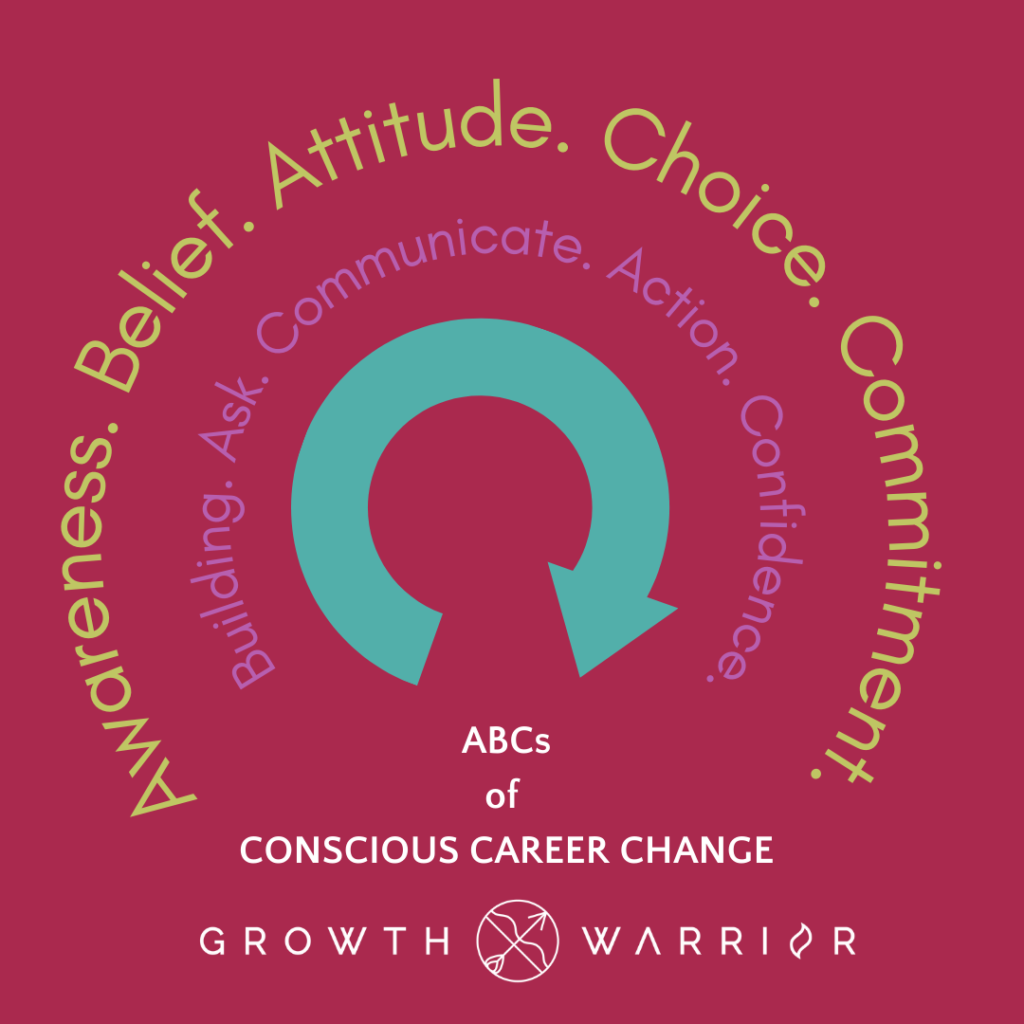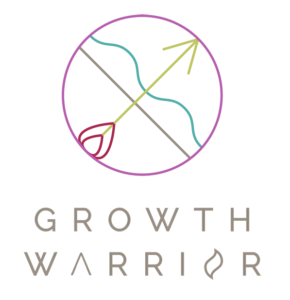Finding more professional fulfillment
I recently moderated office hours for the Columbia Career Coaching Network for diverse Columbia University to receive coaching guidance. Not surprisingly, there were commonalities among the many different professional challenges that participants shared. Though many had unique situations, backgrounds and experience, I noticed many similar common themes.
Whether someone was trying to change careers or re-enter the workforce after an extended period of unemployment (whether by their choice or not), they all shared a need to explain where they came from and what they want to be doing now as well as how they came to their decision. Even for those who wanted insight on how to move into leadership, many of the challenges were related. I’d like to share some basic suggestions to guide you or those you know who may be facing or seeking change.
ABCs of CAREER SUCCESS
AWARENESS: Know yourself! What do you care about? What are you good at? Where do you struggle? Which environments do you excel in? Get clear on what is truly important to you and how you will operate best, then use these insights to your advantage. Being honest with yourself is important and will help you find the right fit faster. Fantasy, illusion or comparing yourself to others can become a distraction from finding your truth.
ASK: Get input from others (also known as having a “call to action”). You need to put yourself out there to gather information. Most people learn about new possibilities through referrals because it’s a powerful way to uncover opportunities and get directed towards things that align with your interests. If you don’t know something, ask someone for help to understand it better. Want to learn more about a company? Reach out to someone working there or a friend who knows someone at the company. Feel you deserve more pay, you may not get it until you ask for it. Once you know what you want, start asking around to do your research.
- Check out this Networking Guidebook I prepared to give you some guidelines for how to engage and build your professional using LinkedIn along with outreach templates to simplify your process.
ATTITUDE: Stay positive and upbeat to the extent possible. Managing your mindset is critical to any job search and frankly essential for most of us to make it through the stresses of the week. You have to be in the game and let the petty stuff pass you by. People want to work with people they like, so be likable and engaging. Obviously having a strong resume helps too, but for those with over 10 years of experience, opportunities often become available through your network, so maintain warm connections with others.
ACT: You have to start somewhere and do something. Getting caught up in your head won’t help you progress. If you need skills, start learning and building them. Uncertain what a specific job entails, have a conversation (see “Ask” above) or do research to learn more. If you’re shy or introverted and uncomfortable reaching out, the internet is your friend. Leverage Chat GPT, scour YouTube for videos, find podcasts or articles on what you want to learn more about. Everything starts with your choosing to move forward with intention.
BELIEVE: Have faith that you will find something and where there’s a will, there’s a way. If you don’t believe in yourself, no one else will and that won’t help you get where you want to go. So you need to take a stand for what you’re interested in and do the work (research, learning, training, connecting). Know that eventually your efforts will pay off. They may not always work out exactly as you expect, but with persistence you can create a successful outcome and get the universe working in your favor.
BUILD: Develop relationships and cultivate your network. Strengthen your skills. Gain experience whatever way you can – take courses or certification training, volunteer, get involved with projects, start freelance consulting, begin your side hustle or take on more responsibilities where you work now. You will get better as you continue to expand on what you already know. This is where practice makes perfect.
CHOOSE: Prioritize your focus. Don’t try to be all things to all people or you’ll end up being nothing to no one. Pick a lane and stay in it, for at least 3 months (that’s how long it can take to start making real connections). Try to go deep by learning as much as you can and reaching out. If you decide you don’t like what you chose or aren’t getting any traction, then you can shift. Make sure you develop a level of knowledge that lets you honestly assess whether it’s not really a fit or you just haven’t done enough to break-in/break-through.
- In many cases, lateral moves are needed to help you make a change. While moving sideways may not feel like moving forward, it is an effective strategy that can pay off in the long run!
COMMIT: Keep at what you are interested in. Just recognize that sometimes the timeframe may be longer than we’d like. This is where information gathering will help you learn what’s realistic. Let’s say you can’t find exactly the position you want or you discover you need to develop more skills. That’s okay, keep that in mind for the future as you get relevant experience now and work your way towards what you want. The stepping stone approach (see “lateral move” above) is often worthwhile, particularly for career switchers or those trying to make a big change. Be persistent in following up and following through.
COMMUNICATE: Creating a compelling story is key. Your goal is to help others understand these key points:
- Who are you?
- What have you accomplished?
- How can you contribute?
- Why does it matter?
Too many folks get hung up by being attached to the past – their old identity and who they were – which keeps them stuck from moving forward. Continuing to bring up what you did before will continue to bring you more of the same old same old. Start moving and messaging around where you are going and what you want to do now. For instance, if you hated doing something in your last role, de-emphasize it now if you don’t want to do it any longer. It may be a fabulous skill to have, but don’t lead with it unless you’re interested in pursuing it further. Avoid rolling out all the buzz words in an effort to make yourself sound good. Far better to genuinely share what you care most about now and connection your experiences to what you want, so employers can see the through line.
CONFIDENCE: If you’ve done all of the above effectively, feeling confident should be a natural outcome. That you know yourself, your strengths and direction and the value you bring. Others will trust you if they sense you know that you can deliver on your promise. Try to find the humble brag – not a cocky over-compensator or an insecure impostor. Rather: “I have value to bring and would be a great addition to any team!”
Create a Virtuous Cycle
Finding new opportunities and expanding your leadership is a process of putting yourself out there in new ways, learning, adapting and growing. Change often takes time and sometimes it happens more slowly than we might like. The most important measure is often the subtle internal shifts, even though it can be easier to focus more on the external validators. When you are authentic and aligned within yourself, your experiences will start shifting as you connect with the best opportunities for you!
If you or someone you know would like additional support to do your work in the world, reach out to connect. I’m here to provide guidance and encouragement for your process. I can help you find clarity, give you input, cheer you on and help you feel empowered and confident. In Freedom February, I’m developing customized coaching service packages for your specific goals. Let’s explore what you need to thrive!
Related Posts



